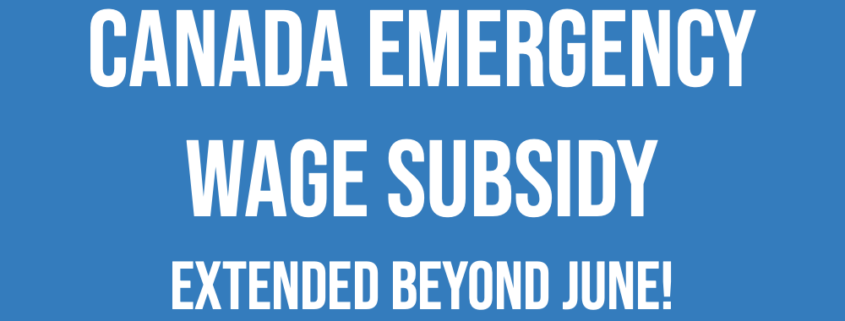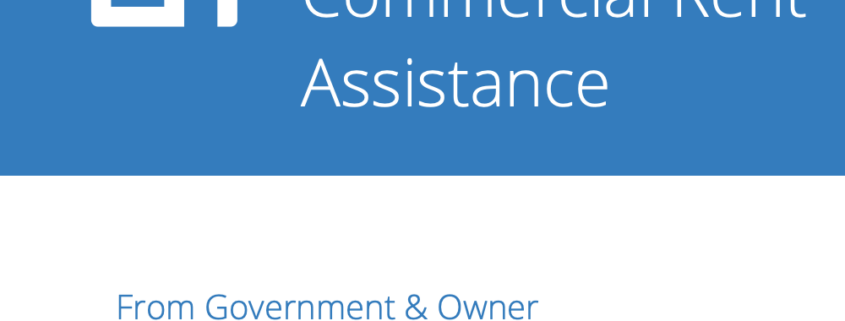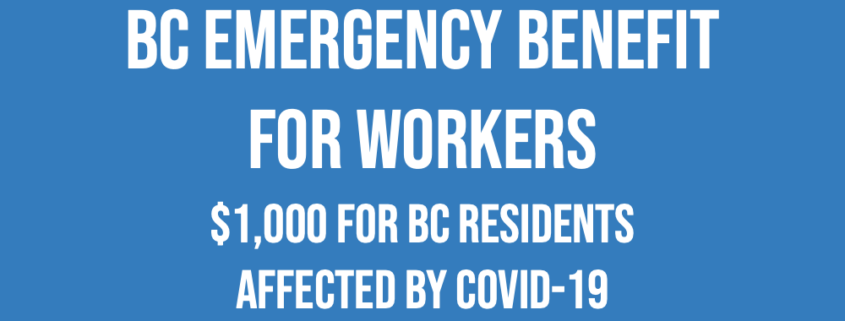Apply starting Friday for Canada Emergency Student Benefit! Help on the way for seniors.
Students can apply for $1,250 through the Canada Emergency Student Benefit starting Friday
From canada.ca:
“The Canada Emergency Student Benefit (CESB) provides financial support to post-secondary students, and recent post-secondary and high school graduates who are unable to find work due to COVID-19.
This benefit is for students who do not qualify for the Canada Emergency Response Benefit (CERB) or Employment Insurance (EI).
From May to August 2020, the CESB provides a payment to eligible students of:
-
$1,250 for each 4-week period
-
$2,000 for each 4 -week period, if you have dependants or a disability”
Seniors to receive up to $500 one-time payment
The Government of Canada will be providing help to vulnerable seniors by providing a one-time tax-free payment of $300 for seniors eligible for Old Age Security (OAS). For seniors eligible for the Guaranteed Income Supplement (GIS), they will receive an additional $200.











